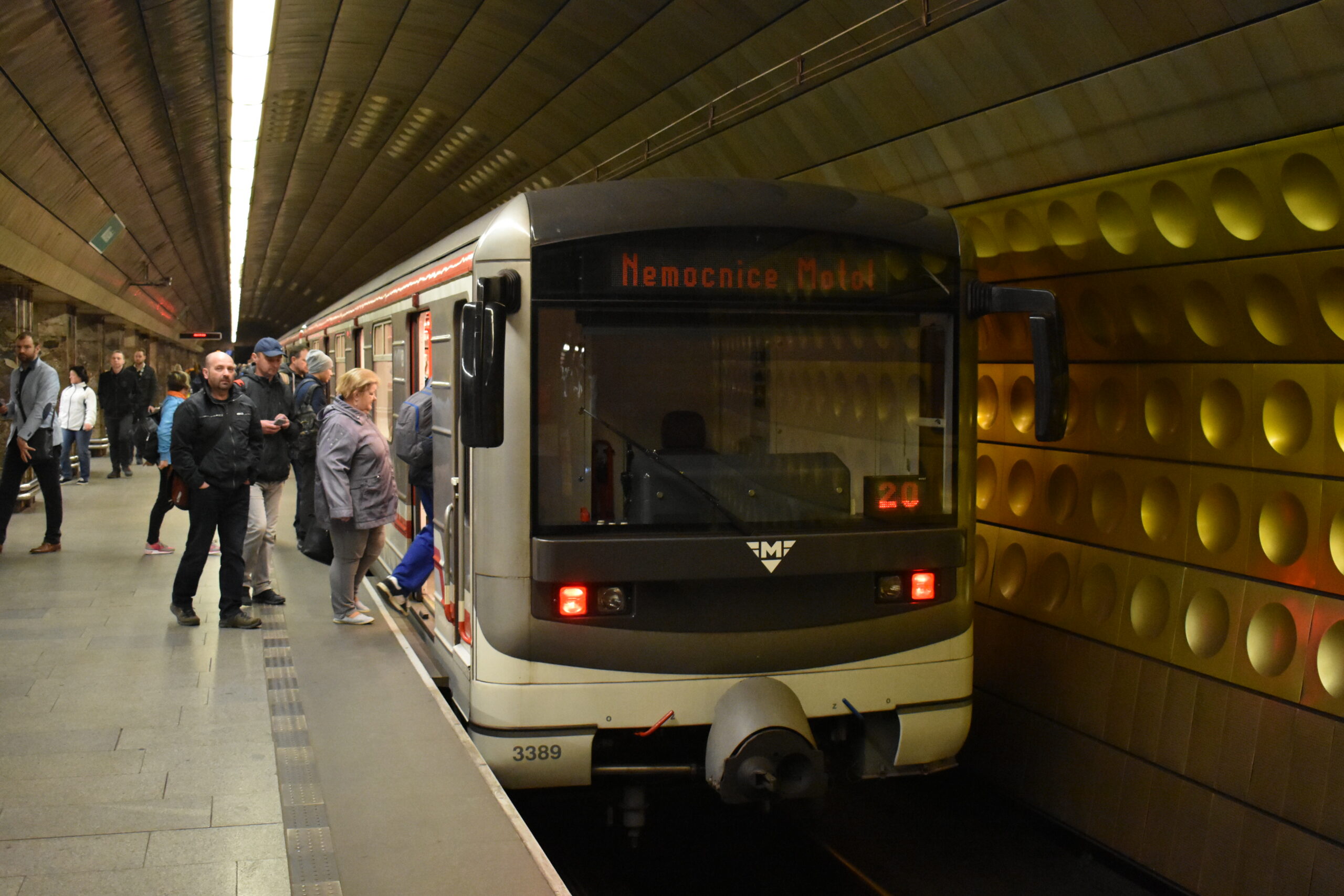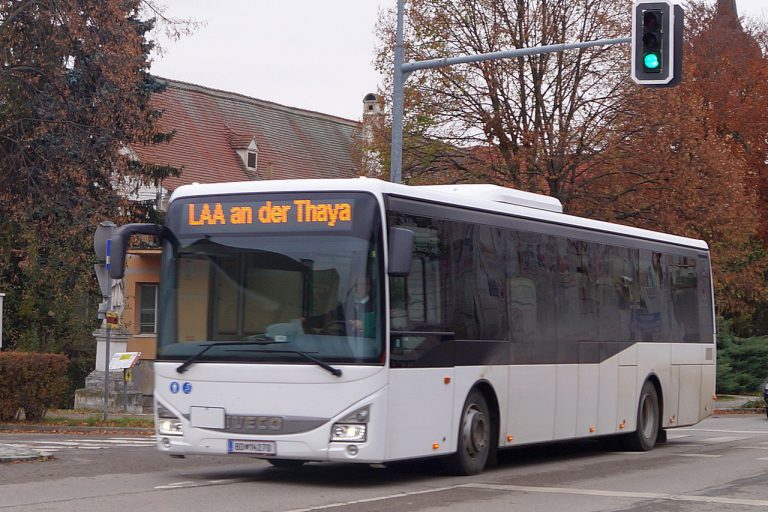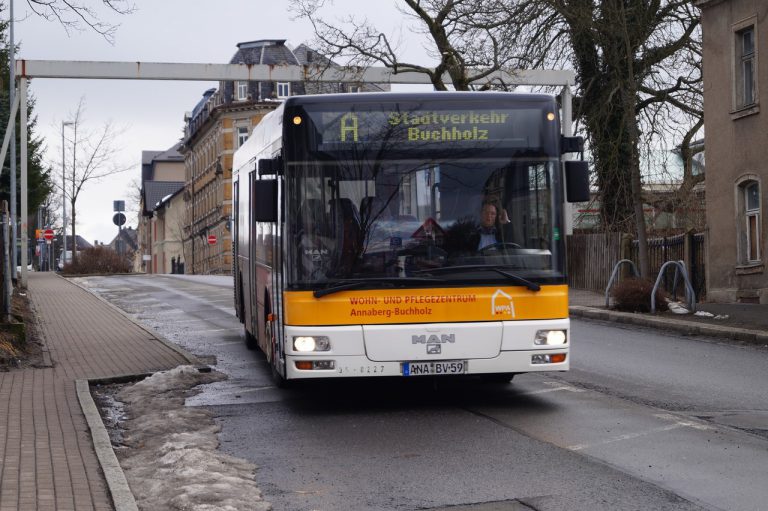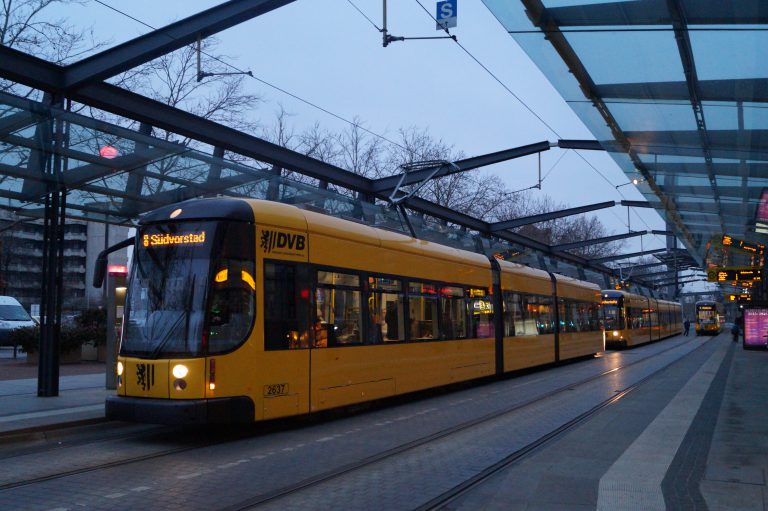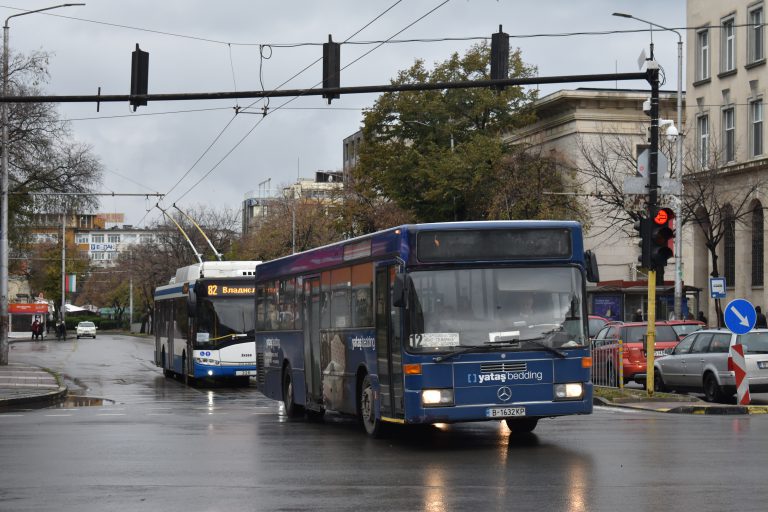PRAGUE
City
Prague is the capital and largest city in the Czech Republic and the 14th largest city in the European Union. It lies slightly north of the centre of Bohemia on the Vltava River, but as an independent region it is not part of it. It is the seat of a large part of state institutions and the President of the Republic.
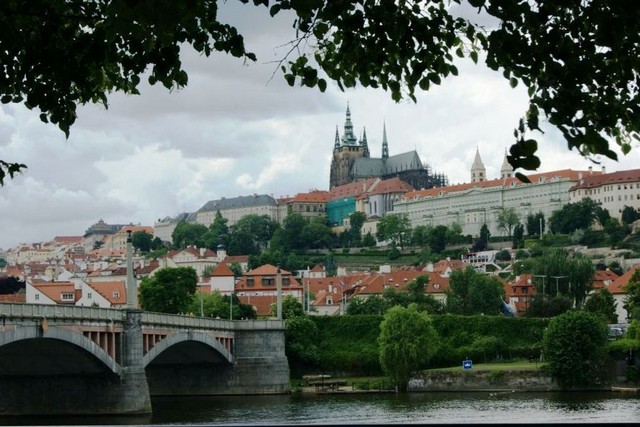
According to legend, Prague was founded in the 8th century by princess and oracle Libuch and her husband Přemysl. Legend has it that Libuše went out on a rocky cliff high above the Vltava River and prophesied: „I see a great city whose glory the stars will touch.“ She did not drive to build a castle on the spot and called the city Prague.
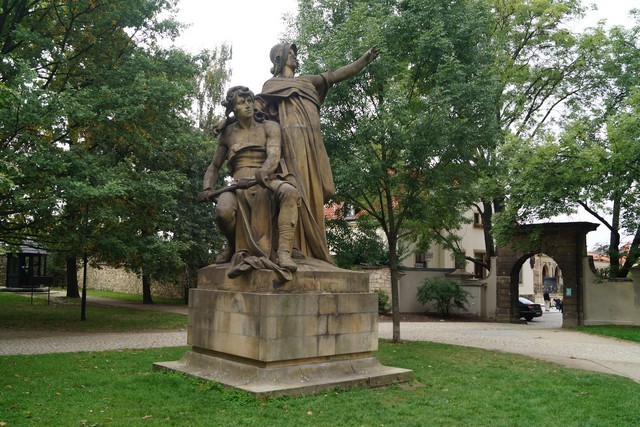
After the proclamation of Prague by the city in 1257, the original Old Town was added to the sub-castle, called The Little Party. In 1348, due to the narrow extension of the walls, King Charles IV had the third district – Nové Město – established. However, it was not until the reign of Joseph II in 1748 that the parts were officially combined into one unit of the Royal Capital City of Prague.
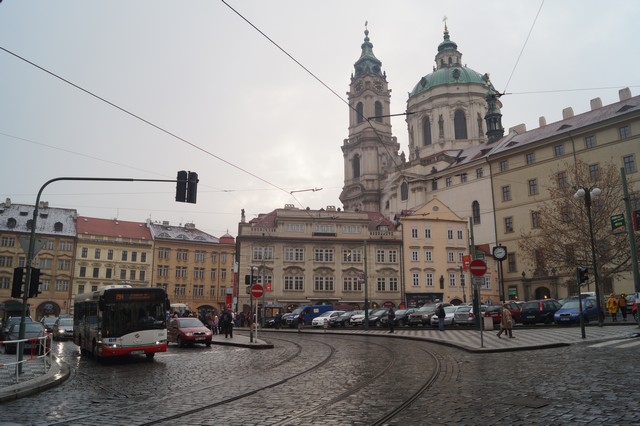
Josefov, Vyšehrad and Holešovice were gradually connected. Libeň joined in 1901. After the proclamation of Prague as the capital of Czechoslovakia, in 1922, the previously independent cities of Royal Vinohrady, Nusle, Košíra and several municipalities were also annexed. In 1960, 1968, 1970 and 1974, more than 60 municipalities were connected to Prague. It now includes, among other things, the 22 previously separate cities:
| Břevnov | Drummer |
| Upper Počernice | Hradčany |
| Josefov | Karlin |
| Kosher | Royal Vineyards |
| Libeň | Little Side |
| Blue | New Town |
| Nusle | Radotín |
| Smichov | Old Town |
| Uhrineves | Vršovice |
| Vysočany | Vyšehrad |
| Zbraslav | Žižkov |
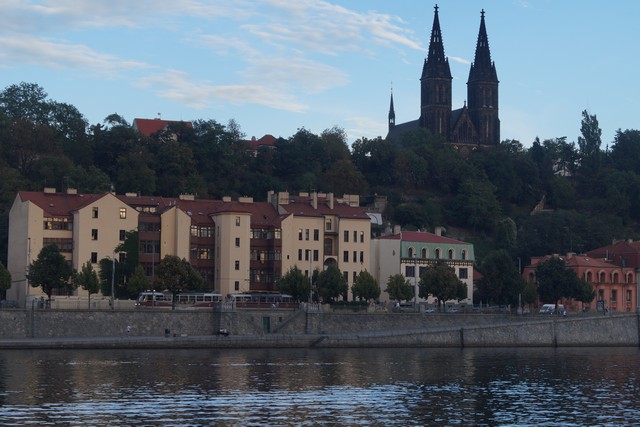
Prague is the sixth most visited city in Europe, mainly due to a number of preserved monuments from different periods. The Prague Conservation Area includes the places in the center with the largest concentration of monuments, with an area of 8.66 km2. On the territory of the city there are 37 national cultural monuments.
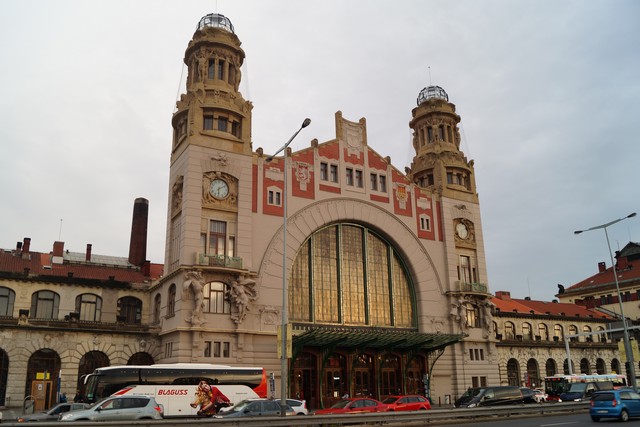
Railroad
On May 21, 1830, Lánská koněspřežka started operating in Prague. The railway was operated by an association of Prague towns and next door from bruska station (the place of today’s railway stop Prague – Dejvice) to kladno – Vejhybka station. In the same year there was an extension from Kladno via Stochov to Lány and in 1833 to the fields of Pina. At that time, however, public transport was not yet very successful, and due to heavy losses, traffic was stopped in 1834 and the railway began to fall into use. Two years later it was bought by a private owner and partially renovated.
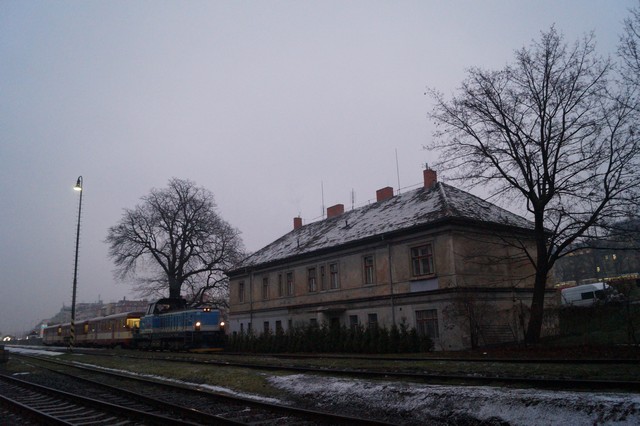
The steam railway in Prague was put into operation in August 1845 as part of the railway from Prague to Olomouc, and six years later the operation on the line from Prague to Decin began. In 1863, the classic gauge and steam operation were also rebuilt. At the same time, it was extended in Prague via a tunnel in Stromovka to bubny station, for connection with the rest of the network.
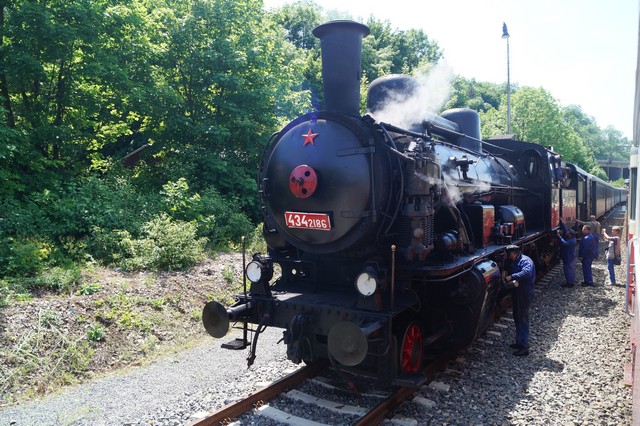
In 1871, the railway station of Emperor Franz Joseph (now the Main Railway Station) was put into operation on the occasion of the make the line in the direction of Benešov, Tábor and Vienna more open. A year later, a new line from Turnov and Kralup nad Vltavou was completed in the same area, but it was not until 1909 that the station merged.
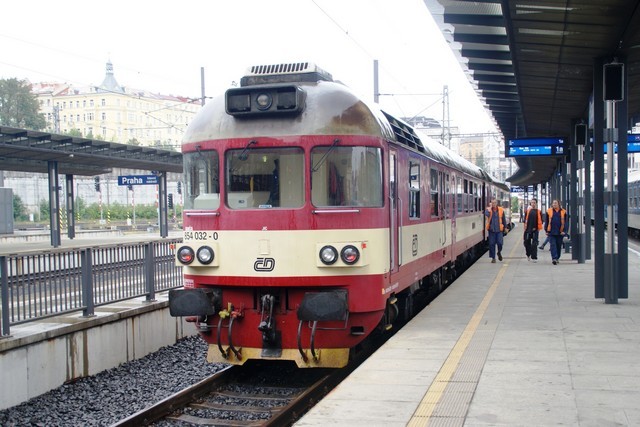
Today, Prague is the natural main transport hub of Czech rail transport. Regional integrated passenger transport is being shaped into the suburban system of Esko. Today, this system consists of a total of 52 lines, of which fifteen go to Prague:
- S1: Prague, Masaryk Station – Prague, Klánovice – Cesky Brod – Kolín
- S2: Prague, Masaryk Station – Prague, Horní Počernice – Lysá nad Labem – Kolín
- S22: Prague, Masaryk Station – Prague, Horní Počernice – Lysá nad Labem – Milovice
- S3: Prague, Masaryk Station – Prague, Čakovice – Mladá Boleslav, city
- S34: Prague, Masaryk Station – Prague, Čakovice
- S4: Prague, Masaryk Station – Prague, Holešovice – Prague, Sedlec – Roztoky – Hněvice
- S49: Prague, Hostivař – Prague, Holešovice – Prague, Sedlec – Roztoky
- S5: Prague, Masaryk Station – Prague, Ruzyně – Hostivice – Kladno
- S54: Prague, Masaryk Station – Prague, Ruzyně – Hostivice – Slaný
- S6: Prague, Smíchov – Prague, Řeporyje – Rudna – Beroun
- S65: Prague, Central Station – Prague, Smíchov sev. N. – Prague, Zličín – Hostivice – Rudna
- S7: Prague, Main Railway Station – Prague, Smíchov – Prague, Radotín – Beroun
- S8: Prague, Main Railway Station – Prague, Zbraslav – Skochovice – Čerčany
- S88: Prague, Main Railway Station – Prague, Zbraslav – Skochovice – Dobříš
- S9: (Lysá nad Labem – Prague, Horní Počernice -) Prague, Main Railway Station – Prague, Kolovraty – Benešov
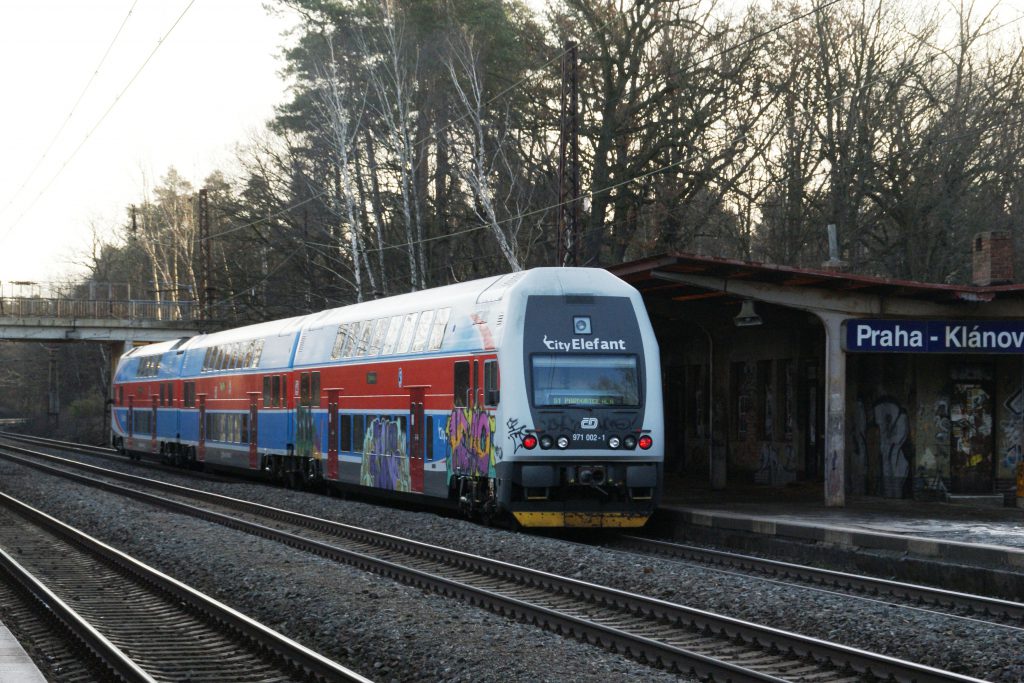
Buses
In 1856, the first cabs appeared in Prague. These were light, open and defeated rental cars for two to four passengers, drawn by horses. Demonstrably in 1879, four-seater cabs were referred to as fiacre. After 1900, petrol-powered cabs were still rarely discovered.
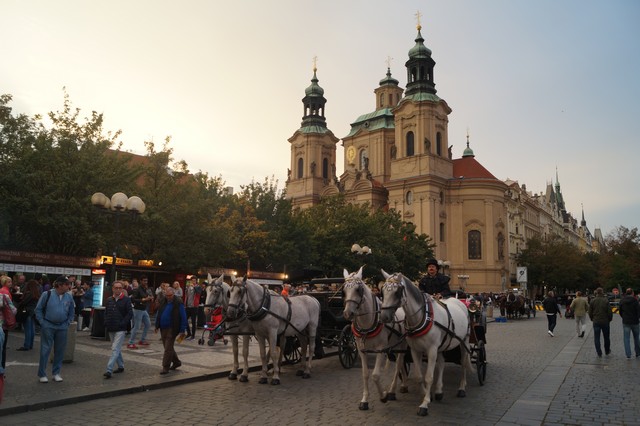
A little earlier, there were attempts to introduce omnibuses, i.e. eight-seater wagons, running according to the timetable. In particular, between 1829 and 1830 there were two lines running from the Old Town Square via Charles Bridge to the Provincial House in Sněmovní Street and from the Main Customs Station to the post office in Malé Party. Due to low interest, the operation was cancelled and the carriages were further used for the irregular transport of the Estates Theatre.
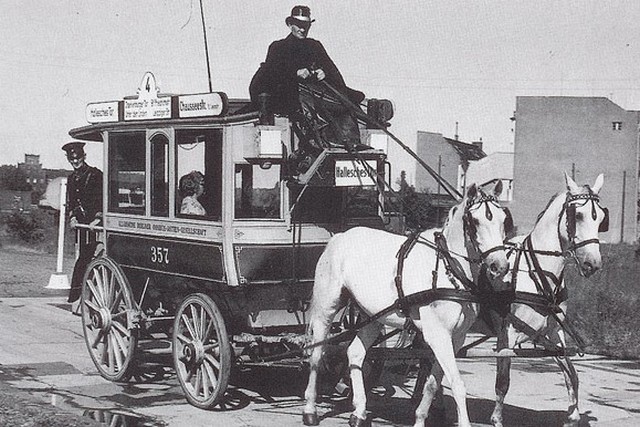
In 1842, the Omnibus Line Prokopa Wurma from Malé Party to stögra theatre in Pink Street started operating. The operation probably lasted a year as well, some sources report ending only in 1846. After the construction of the railway in 1845, several lines were established, delivering hotel guests to hotels from the state railway station (now Masarykova). Later there were also added services to the Western Railway Station (today Prague – Smíchov) and Brusce.
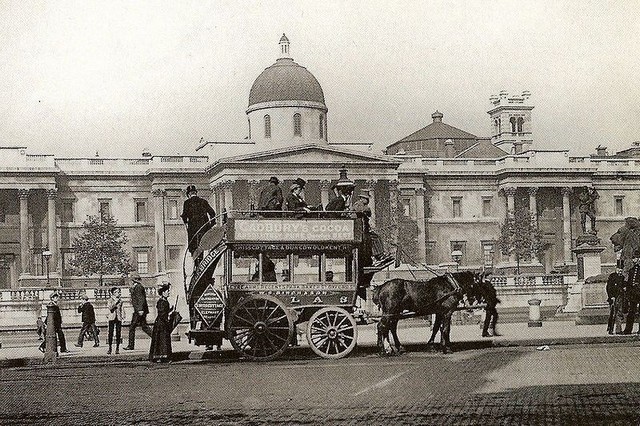
In 1860, the line from Karlín to The Little Side started operating. It lasted until 1864. In the meantime, in 1862 an omnibus connection was established from the Western Railway Station to Karlín Square. In 1870, both lines were operated by the Karlín omnibus „transport company“, which owns 20 wagons. From 1872 he competed with the First Prague Omnibus Company.
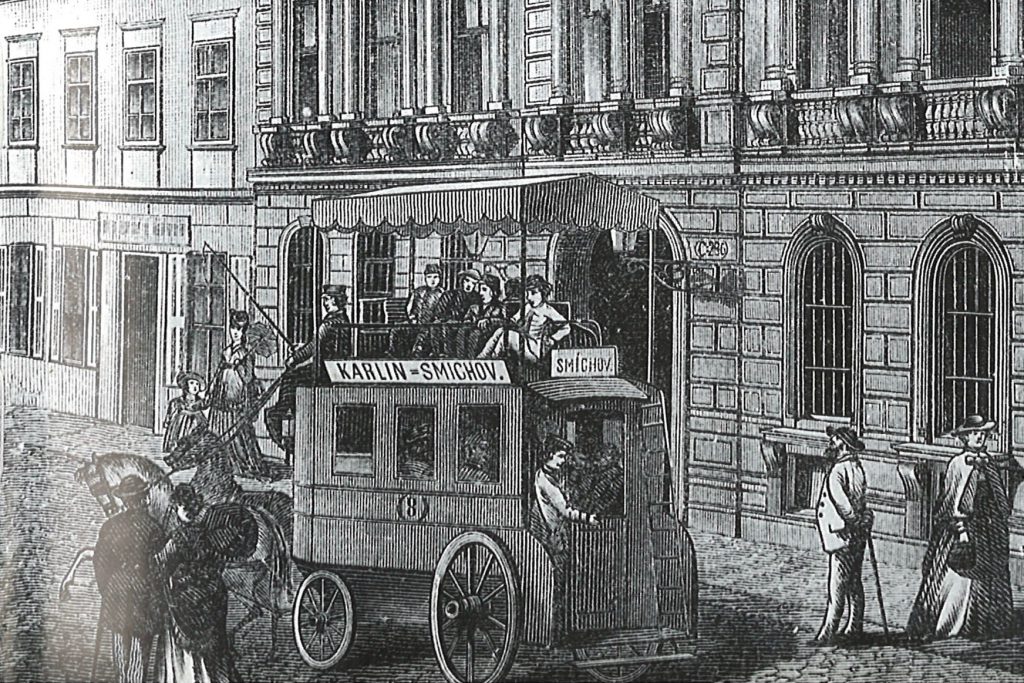
During the 1970s, a number of omnibus lines were created and excreted. Here is a list of documented routes:
- Wenceslas Square – Žižkov
- Karlín – Charles Square
- Holešovice – New Town
- Wenceslas Square – Northwest Railway Station (Těšnov)
- Karlín – Libeň
- Steamer dock Braník – Restaurant Rozkoš Krč
- Bridge – Josefská Náměstí – Exhibition Grounds (during the Jubilee General Exhibition; 1891)
- connection over the Chain Bridge of František I. (alternative tram service; 1876 to 1877)
- Křižovnice Square – Malostranské náměstí (replacement transport for tram on a wooden make-up station, replacing Charles Bridge damaged in floods; 1876 to 1877)
- Demínka – Máchova Street Vršovice (operator identical to trams; 1892 to 1893)
- U zlaté anděl Smíchov – Restaurant Klamovka Košíře (in operation until the construction of the tram line; 1895 to 1897)
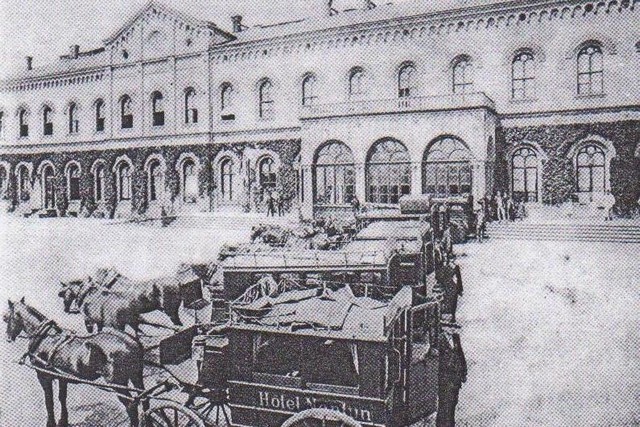
The operation of the horse and later electric trams gradually pushed out omnibuses. The last one used for the delivery of hotel guests was probably discontinued in 1904. Between 1908 and 1909, the term omnibus was referred to as the first Prague bus line, the term bus was used only in the early 1920s.
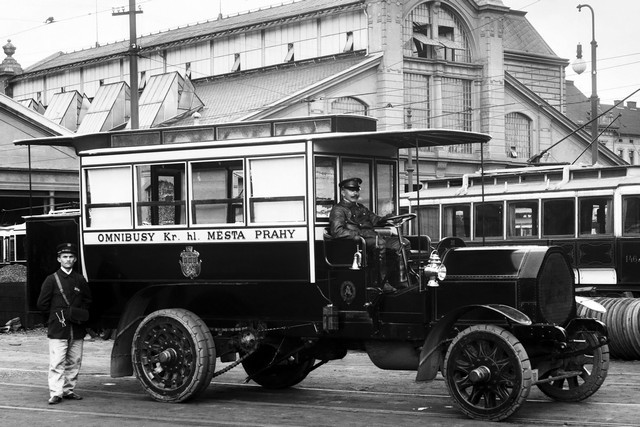
The first buses started running in Prague on Male Side on March 3, 1908, but were only retained until 17 November the following year. From April 19, 1912, businessman František Černý began to operate a bus line from Republic Square through Karlín, Kobylisy, Bohnice, Chabry and Ďáblice to Melnik, which suspended its operation due to the First World War.
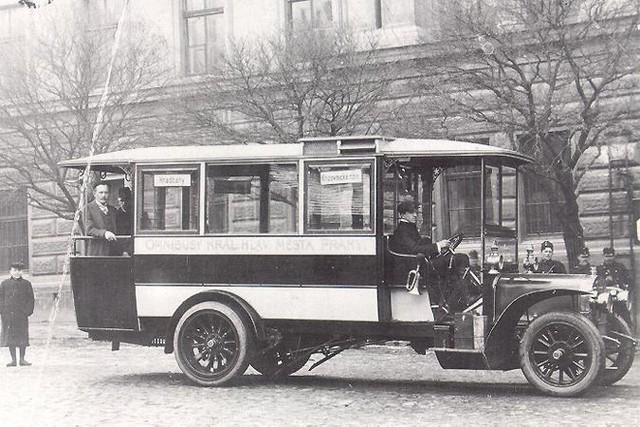
Starting on June 21, 1925, the Electric Enterprises of the Capital began operating on line A Čechovo náměstí – Záběhlice, U Lípa. This date is also stated as the beginning of prague bus service and has only been expanding ever since.
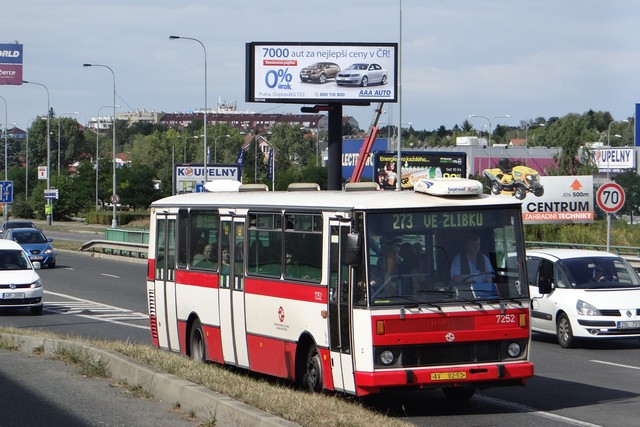
Today, the city’s bus network consists of about 120 lines numbered 100 to 250. Some only run on weekdays. Selected lines are provided by large-capacity buses 18 meters long, while others are provided by minibuses. In addition to the Transport Company, 5 private carriers are also involved in the operation: About Me (lines 117, 153, 164, 194, 203, 242 and 243), Arriva City (lines 146, 155, 163, 204, 208, 209, 211, 220, 223, 224 and 228), Stenbus (lines 210, 212, 221, 222 and 240), ČSAD Central Bohemia (103, 110, 166, 171 and 186) and ČSAD Polkost (115 , 226 and 227).
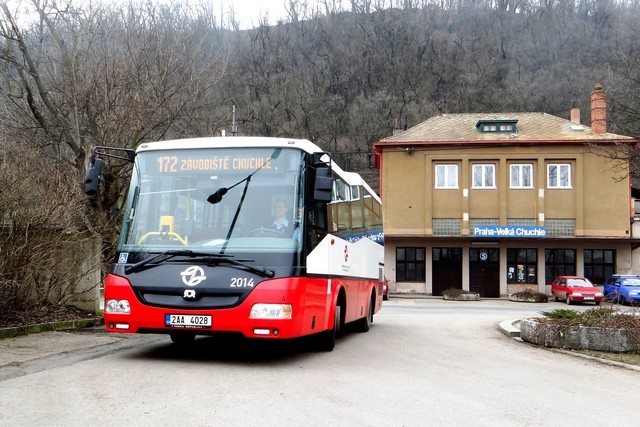
The night operation of bus lines in Prague began on November 27, 1932 with three lines A to C, all running from the Republic Square area. Their operation was soon extended to five lines. During the Second World War, the operation of night buses was gradually reduced to cancelled, and it was restored on 31 January 1959 with the introduction of night lines 201 and 202 from Wenceslas Square.
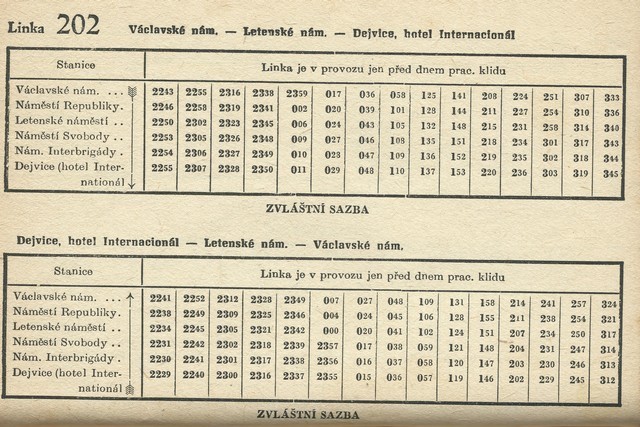
After several route changes, the lines were renumbered across the board on February 1, 1971, and two night lines were again in operation, but under the designations 344 (Wenceslas Square – Budweiser Square) and 357 (Vychovatelna – Prosek). Since May 9, 1974, there has been a significant expansion of night traffic and renumbering to number 5xx. At that time there were 9 night lines (marked 501 to 506, 508, 509 and 512).
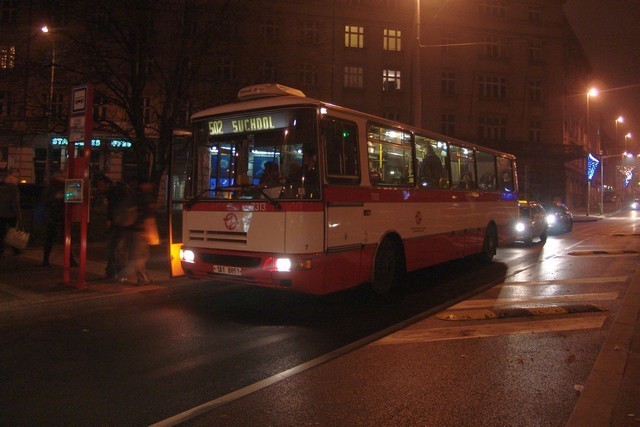
The last renumbering of night lines took place on April 29, 2017, when the city’s nightlines were transferred to the number sequence 901 to 915. They are intertwined with night tram lines and guaranteed transfers for convenient transport for all neighborhoods to and from the city center.
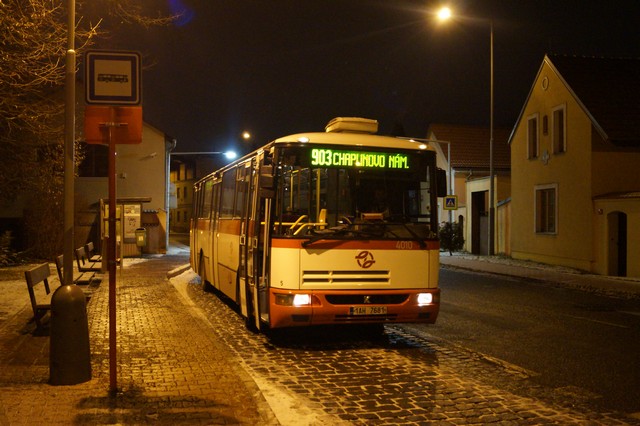
Since 4 January 2021, the network of night lines has grown by line 916, connecting Palmovka, Prosek, Stara Letňany, Kbely and Vinoř. The operation of lines 904, 905, 910, 911 and 915 is ensured by articulated buses, the rest of the cars of standard length. The operation of lines 903 and 914 is provided by private carriers, the rest is under the direction of the Transport Company of the Capital City of Prague.
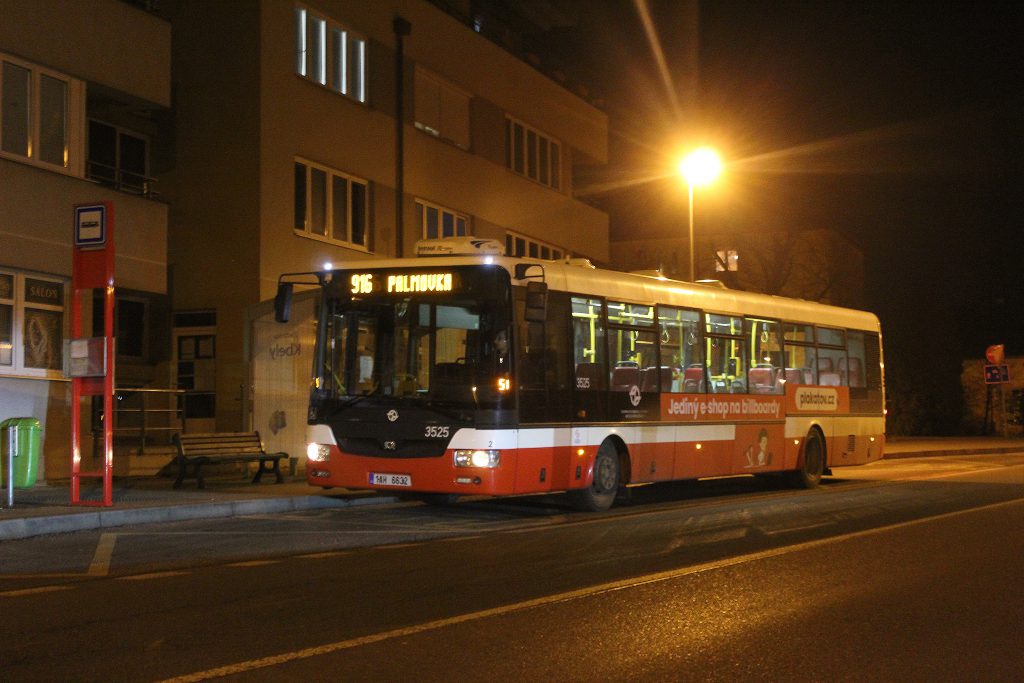
A separate chapter in the development of Prague buses consists of school lines. On January 3, 1955, the first school connection was marked by an extended connection of line 112 from zoological garden to Podhoří, then from 1 June 1959 line 105 from Film Studios to Klukovice. Gradually more were added and were usually marked with a single-digit (later double-digit) digit. Many of them were reintegrated into their tribal lines, but some of them created a separate series of school lines in 1983, numbered from number 401. In September 2000, due to the expansion of Prague Integrated Transport, they were renumbered into the number series 551 to 580.
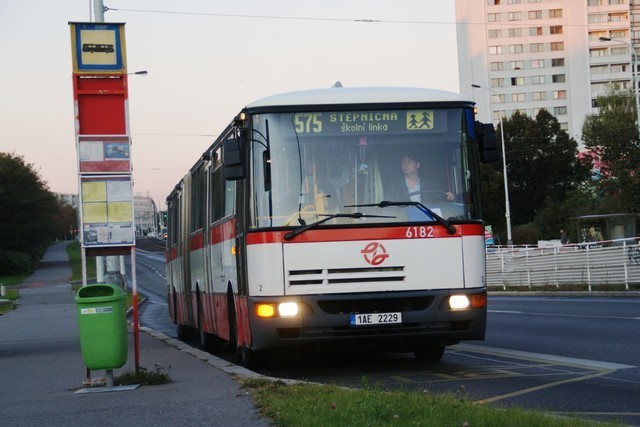
From September 2017, night lines are marked in the number sequence 251 to 280. In most cases, it is only one morning service, several of them have more connections or are also in operation in the afternoon in the opposite direction. Three of them, lines 253, 254, 257, 258, 264, 270 and 273, are provided by private carriers, the rest by the Transport Company of the Capital City of Prague.
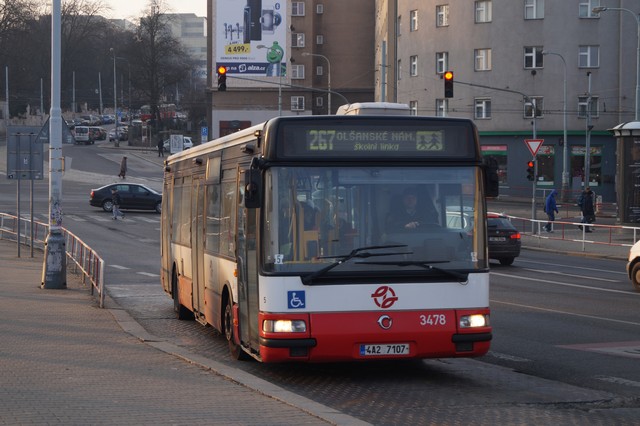
In the summer of 1959, the first purpose-built bus routes appeared in Prague, on routes to Komořan (222), hostivařská dam (224) and ruzyň airport (225). Their number constantly changed according to the current situation, in 1965 they were added, among other things, lines XA and XB to the branic station.Since 1974 they have been renumbered and ridden on routes to Křeslice (51), motol crematorium (52), to the racecourse in Velké Chuchli (53), to the Hloubětín spa (54), to the Trojan Zoo (55), to the hostivař dam (56) and to Petrin (57). In the 1980s and 1990s the term was used 45 times, since 2000 then 751 and above.
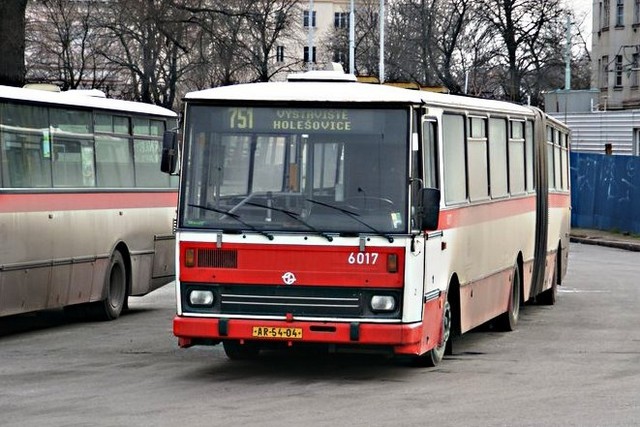
Today, these lines are regularly operated only two, number 871 to the Holešovice Exhibition Centre and number 872 to the Letňany Exhibition Centre. In the 8xx number sequence, the number 890 line to Strahov Stadium was used once, but it is no longer used except in exceptional cases.
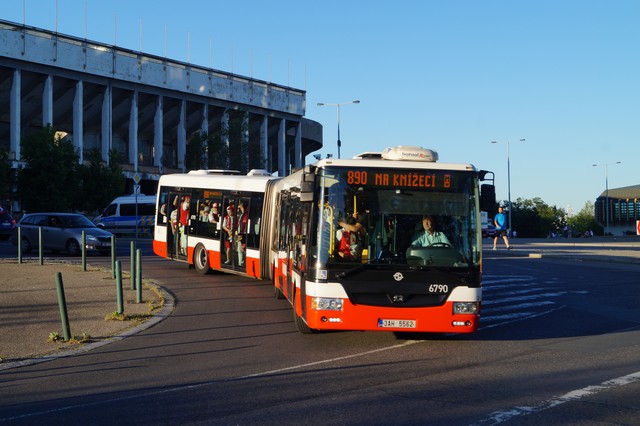
Purpose-built bus lines also include free transport to shopping centres (currently Ikea Černý Most and Fashion Arena Štěrboholy), to the BBC office complex in Brumlovka, and alternative transport for a non-existent railway to Ruzyně airport designated Airport Express.
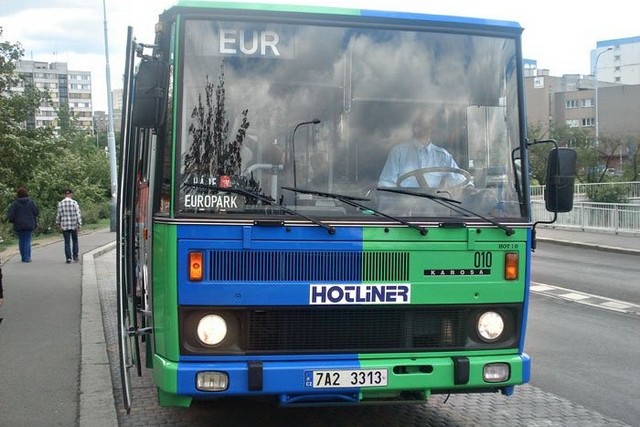
The above mentioned line to Melnik can be considered as the first suburban line, but the first real suburban system came with the creation of Prague Integrated Transport in the 1990s. From 11 January 1992, the Transport Company of Hl.m. Prague’s first two suburban lines, 351 to Hovorčovice and 352 to Ořech, were followed a year later by line 353 to Zelenč.
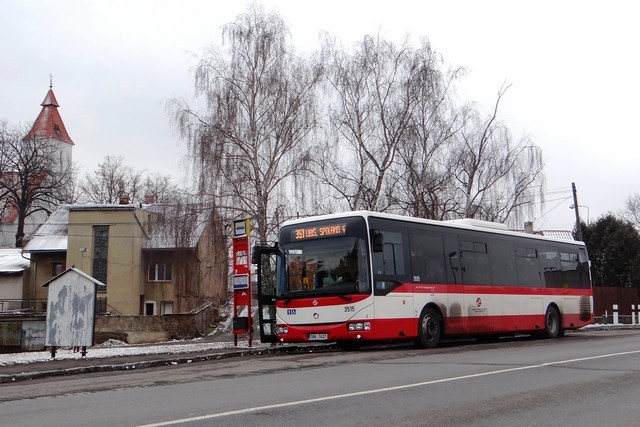
In November 1993 line 354 to Podolanka was established, in October 1994 line 355 to Únětice. On 4 December 1996, the first private carrier in this system began operating line 360 to Jíloviště and Trnová. In the following years, whole areas were incorporated, for example, around the towns of Mníšek pod Brdy, Rudné or Jílová near Prague.
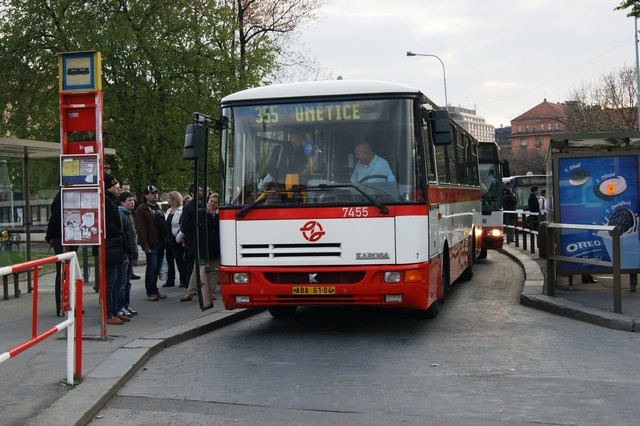
Today, the suburban transport network consists of fewer than 100 lines numbered 301 to 420. Transport company hl.m. Prague is provided by only a small part of them, most of them are operated under the baton of private carriers from the area. In some remote parts of Prague, these lines form a single service, concurrent city lines are gradually reduced or disrupted, or they have never even come here.
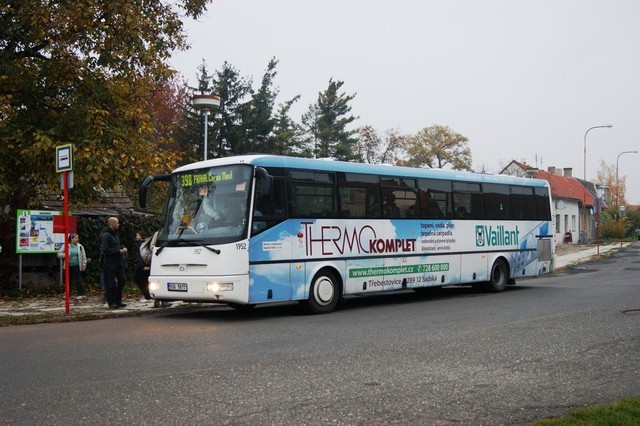
From May 22, 1995, operation began on line I1 on the Petýrkova – Bryksova route. It is a transport intended especially for the disabled or citizens visiting medical facilities. At the same time, an I2 line from Dejvické to Republic Square was also established, operated by ČSAD Kladno. Due to its absence in both PID and IDOS reports, information from its probably very short operation is very fragmentary.
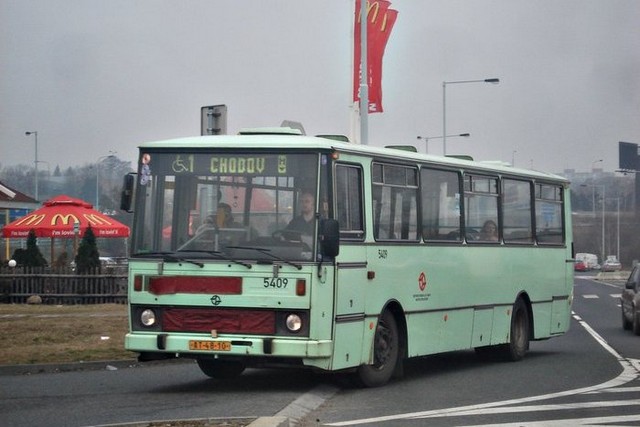
Since 1 March 2009, the number has been re-occupied by the private carrier Societa on the route of Jiří z Poděbrady – Centrum Zahradní Město. Later the line was taken over by the carrier About Me and was extended to Florenc due to the transfer to other disabled lines. Since 1 September 2012, the „number two“ has been cancelled and replaced by extended city lines. Until 2010, the third line connected the Ďáblice and Zličín Settlements, like line I1, with passage across the city. In 2013, a new „deuce“ was introduced in the route Florenc – Settlement Stodůlky. Today, only the first line is up and running again.
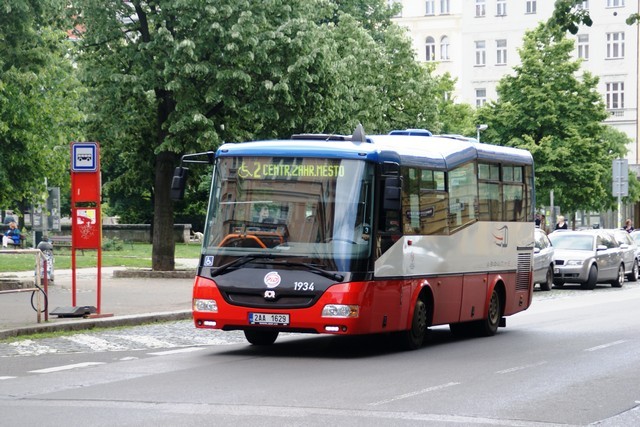
As of 1 May 1996, the first two non-prague routes were also included in the PID system. These were lines 314 and 315 of ČSAD Praha-West in Černošice, where they followed the Prague suburban railway. Since September 2000, a separate number sequence 401 – 499 has been chosen for these lines. Due to the continuous development of transport in the region, the number sequence has been extended and today the highest number is line 774.
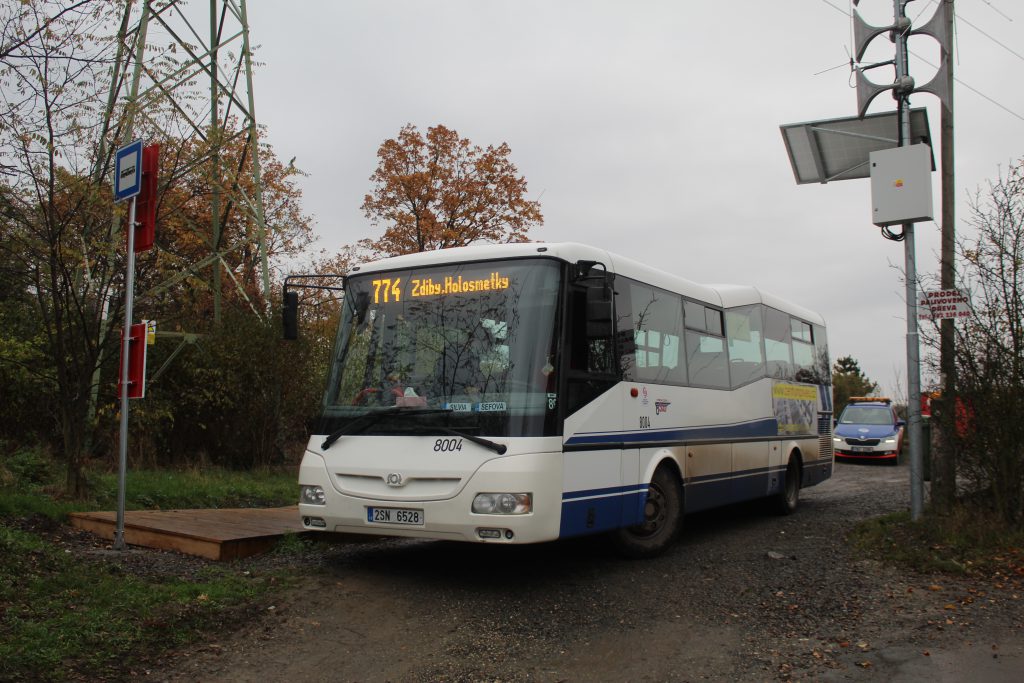
The first new line in this series was line 465 in Chocerady, all the others were gradually renumbered into it. These lines also included urban transport in Brandys nad Labem-Staré Boleslav (24 September 2000) as well as the successor of urban transport in Říčany.
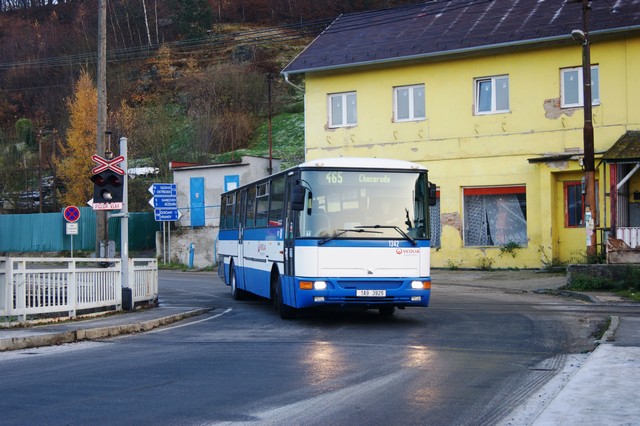
Today, the PID system includes more than one hundred such lines in all directions from Prague. They are often provided by direct buses from Prague or lines connecting to the suburban railway. The last extension of integrated transport occurred in March 2021 to the area of City králové, where new lines number 539, 540, 541, 542, 598 and 599 were introduced and existing lines number 433, 463, 673 and 674 were modified.
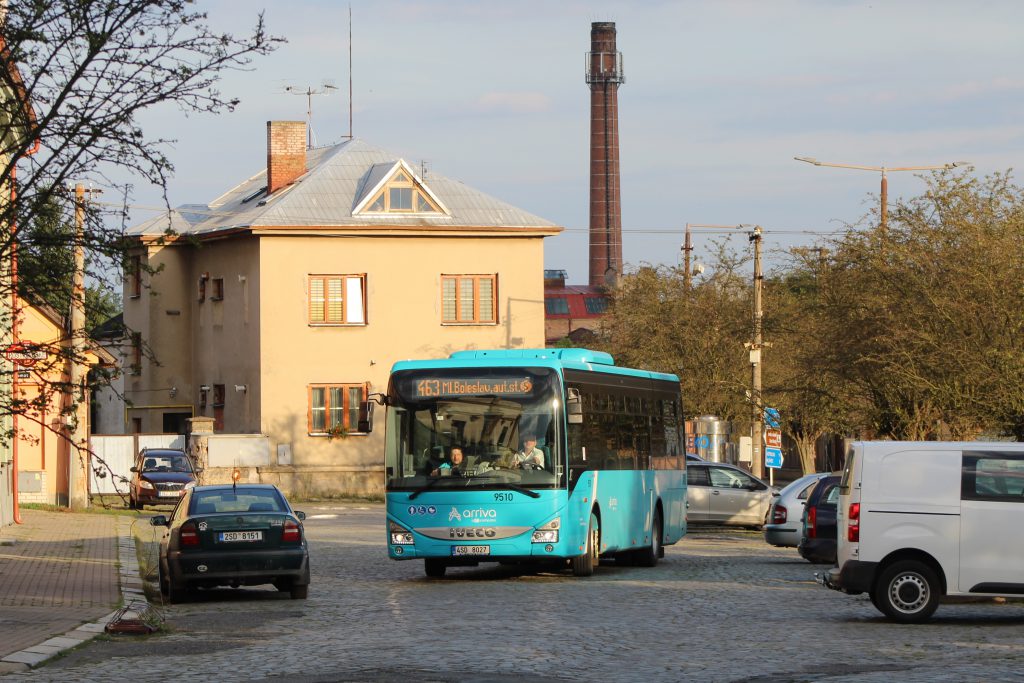
A special chapter of suburban lines consists of a so-called cyclobus, a line marked with the number 690. It first came out on June 21, 2003. It is provided by the carrier Martin Uher by a bus adapted for the transport of bicycles and is always in operation only in the tourist season. It connects the railway station in Dobřichovice with the area of Řitka, Mníška pod Brdy and Kytín with a wide network of forest bike paths.
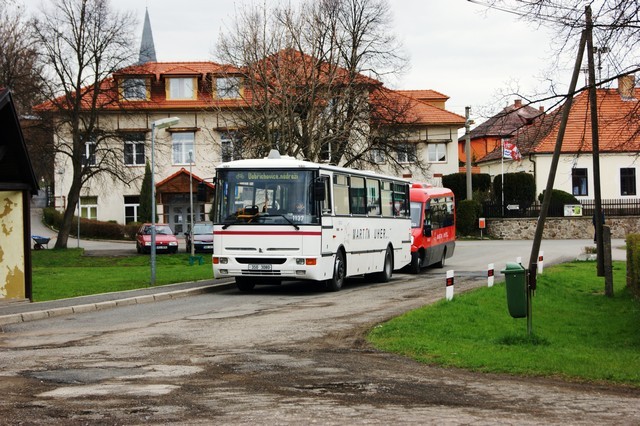
Over time, the suburban line system also required night service. The first such independent route was line number 601 of the carrier Spojbus connecting Prague and Černošice since 23 November 2003, and later also Dobřichovice (and for some time also Lety and Řevnice). The same carrier then introduced line 602 to Beroun from July of the following year. In the same period, the carrier ČSAD Central Bohemia began to operate line 603 to Brandýs nad Labem – Staré Boleslavy.
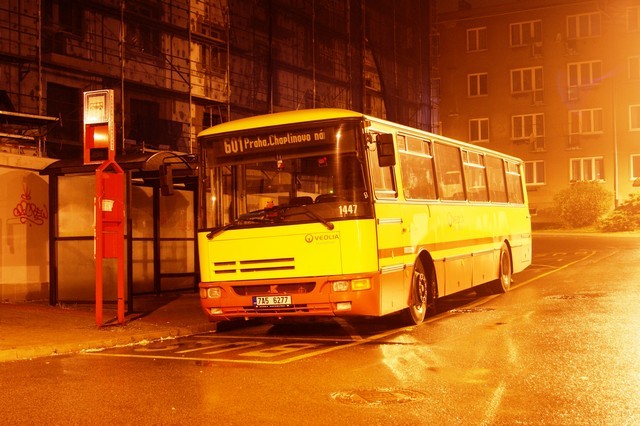
Since 1 May 2005, night line 604 to Roztoky has started operation, 2 September 2006 line 606 to Jesenice. During 2006, lines 605 to Průhonice and 607 to Hostivice were added. Line number 604 was gradually extended to Holubice, line 605 to Čestlice and line 606 to Jíl near Prague.
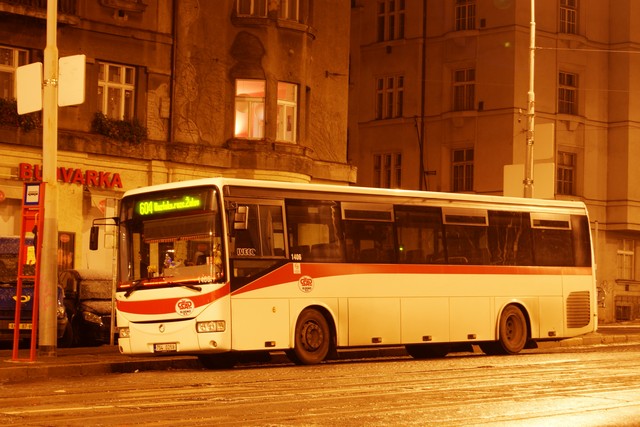
Today, suburban nightlines are 10 and are marked in the number sequence 951 to 960. In addition to serving Central Bohemian municipalities and towns, they also provide night transport services to the outskirts of Prague, where city night lines usually do not go. Lines number 951 to Dobřichovice and number 960 to Zlatníky-Hodkovice are usually provided by minibuses.
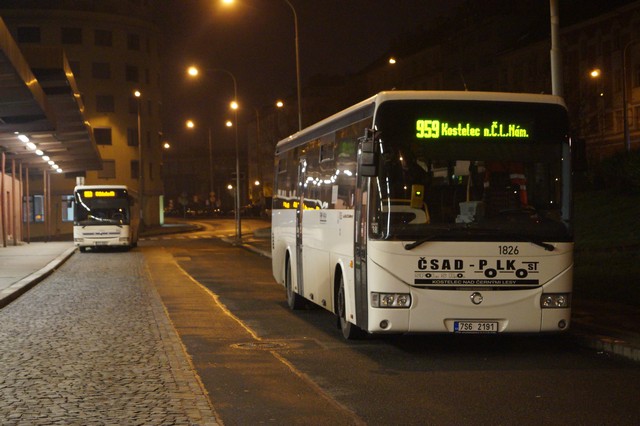
Trams
The first Prague tram, still towed by horses, took off on September 23, 1875, on the route between The Retez Bridge and The Invalidovna in Karlín. Thanks to František Křižíkova, the electric tram then started in 1891 from the upper station of the letena cable way to today’s exhibition centre in Holešovice. However, it was more of a promotional operation, and it was not until March 19, 1896 that Křižíkova’s company Electric Railways started operating on the line between today’s Florence, the working-class suburb of Libna and Vysočany.
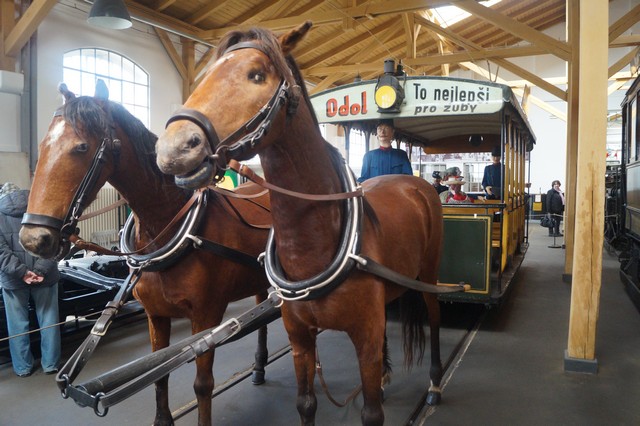
As recently as March 1897, the mayor of Košíra, Matěj Hlaváček, under his own company, started operating on the line between Anděl and today’s Klamovka. Since August 5, 1907, all lines (including those built in Nový Town and Vinohrady) have already been purchased by the Electric Enterprises, and on October 24, 1907, tram lines began to be numbered. The tram network had the largest scope in the 1950s, after which several lines in the centre were cancelled and in the 1960s and 1970s other lines were closed in parallel with the emerging metro network.
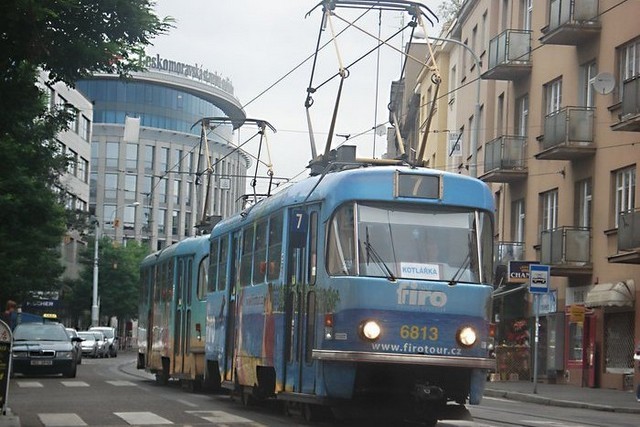
Currently, the daily tram network consists of 25 lines marked 1 to 26 (missing number 19). Some lines run only on weekdays (4, 21 and 24), selected sections of some lines are only open during peak working days. All lines are routed only around the city.Line number 23 is provided only by tatra t3 museum cars, but the normal tariff applies on it.
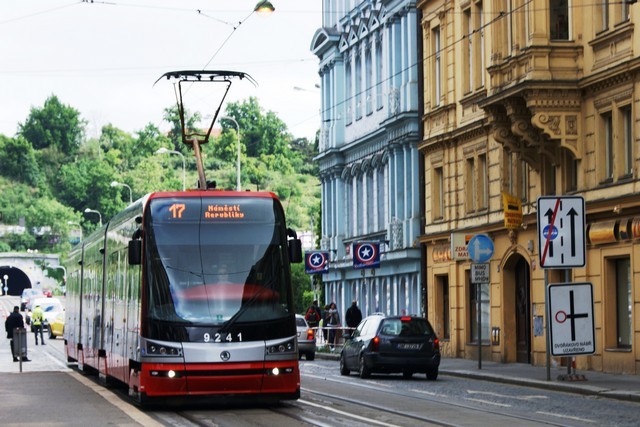
Despite the bombing spree during World War II, a separate night operation was introduced on trams on November 30, 1942. Lines A to F largely copied daily traffic and all met at The Hybern Railway Station. In 1945, due to war conflicts, night operation was suspended for 11 months, after its reintroduction the lines were no longer distinguished by letters, only 8 daily lines had almost continuous operation.
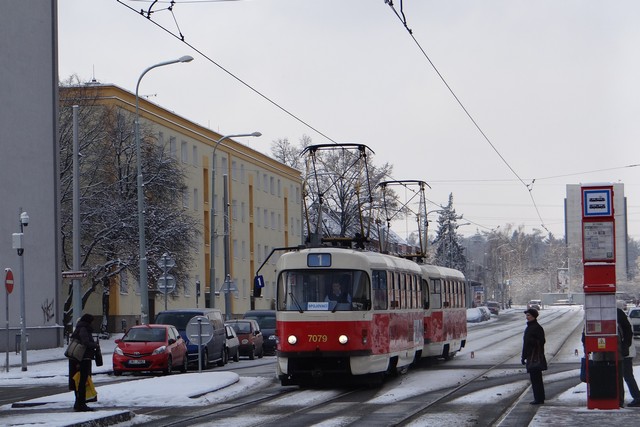
Since May 9, 1974, the number of night tram lines has expanded to twelve, since 1978 their number has gradually decreased again. The night-time reform took place on 3 November 1985, when the lines were rebranded as 51 to 58. In November 1990, there was an attempt to extend night traffic, when lines 59 and 60 were introduced and the semi-night operation of lines 1 and 20 was introduced. However, the system was so complex that from 25 March 1991 the operation returned to its original state. Since 2 July 2004, 59 reinforcement lines have been additionally introduced, copying the busiest sections of lines 57 and 58.
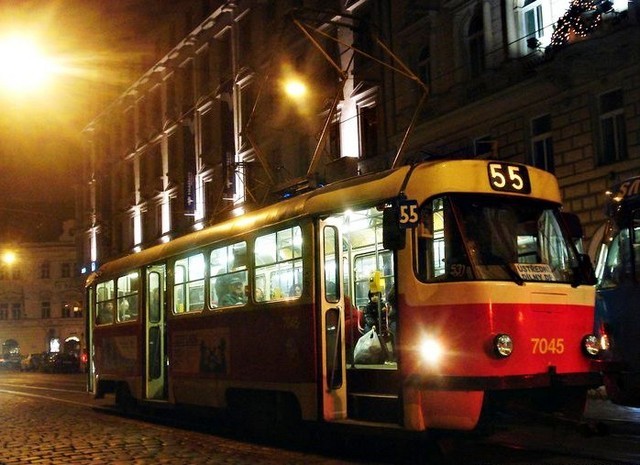
Trams still provide basic night service to the city. Like night buses, night trams underwent a blanket renumbering in April 2017. The lines, now marked as 91 to 99, meet at the lazarská central transfer stop all night after 15 minutes (only half of them, as there is a 30-minute interval on all of them). In the end sections to Hostivar and Řep there are two lines in the aggregate interval of 15 minutes, otherwise only 1 line runs at a time. On weekend nights, the interval of all night tram lines is reduced to 20 minutes. Branches on Podbaba and Radlicka are served by buses at night.
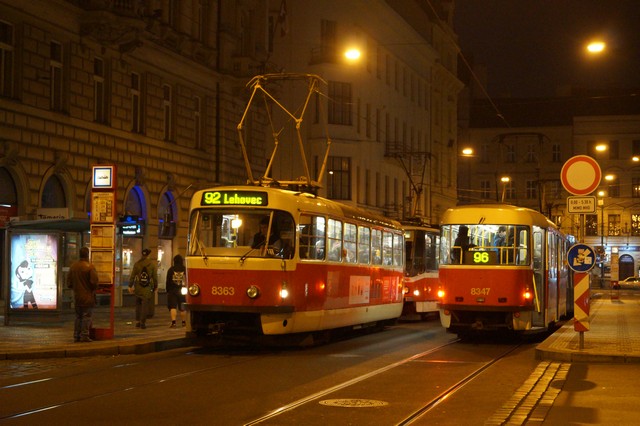
In the past, purpose-made tram lines provided transport during major city events. For example, line X was documented in 1978 as a reinforcement of traffic during comrade Breznev’s visit, and two years later, at Spartakia, there were even 13 power lines marked 37 to 49. At that time, the operation was affected by several long-term outcry, therefore the organization of transport to strahov stadium was quite difficult. In recent years, purpose-made tram lines have rarely appeared. The line under the designation 41 appeared in 2010 during the World Flying Saucer Championship in Slavia, line number 42 was in operation during all-round flights in 2000 and 2012. In 2011, the curious line 47 was running on the Palmovka – Exhibition Grounds route, which strengthened the lines to the Exhibition Grounds during the tram stop on Strossmayer Square. Due to the shift of the number sequences, such lines would now be marked 7 times.
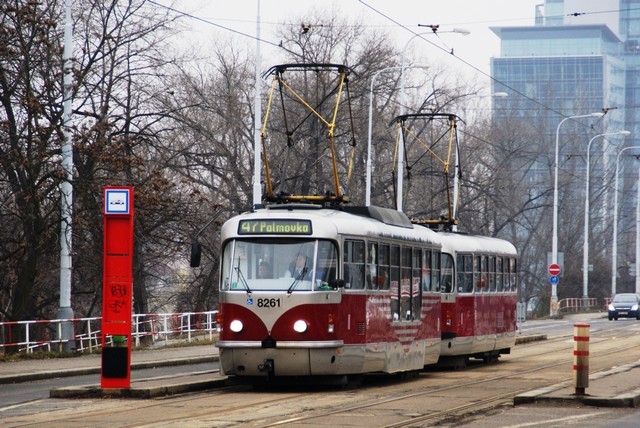
A special chapter of special tram lines is the nostalgic line number 91 in the route Vozovna Střešovice – Exhibition Grounds. It first came out in the summer of 1991 during the General Exhibition in the route: Exhibition Grounds – Vltavská – Exhibition Grounds. In the following year, lines 2 marked 91 and 92 were even in operation, and since 1993, when the Museum of Urban Transport was opened in the Střešovice road way, line 91 has been open every year during the summer season. It is provided exclusively by historical cars adapted for today’s operation. Since 2017, it has been referred to as the 41st ed.
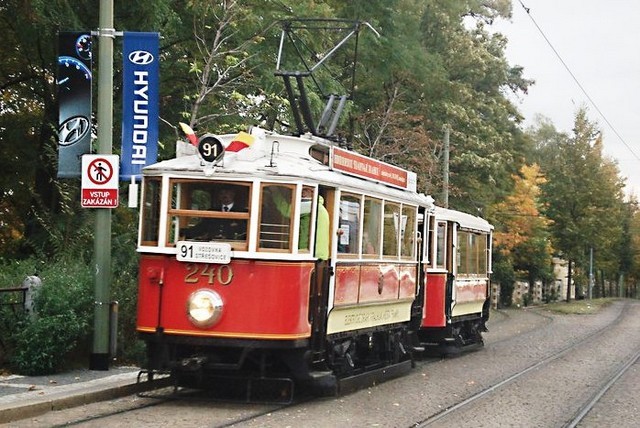
Trolleybuses
On August 28, 1936, trolleybuses were opened in Prague on the Route Vozovna Střešovice – Church of St. Matthew. Gradually, lines were introduced connecting Anděl with the Waltrovka factory and also strahov stadium.
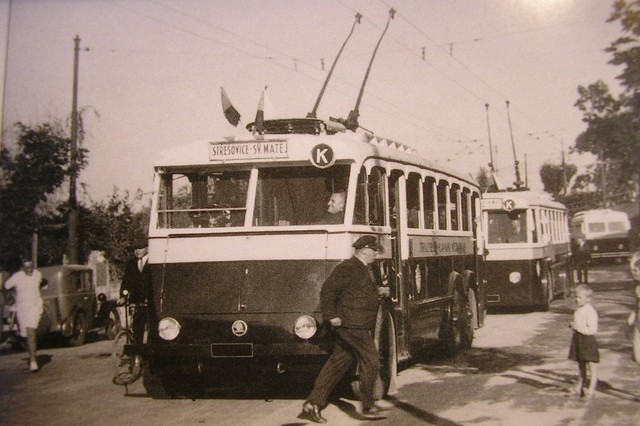
After 1949, several more trolleybus lines were established in Prague and there were already ten trolleybus lines in operation. In 1959, the network of Prague trolleybuses exceeded 56 km, but at the same time the first bus line was replaced. Finally, on October 16, 1972, the prague trolleybuses were cancelled.
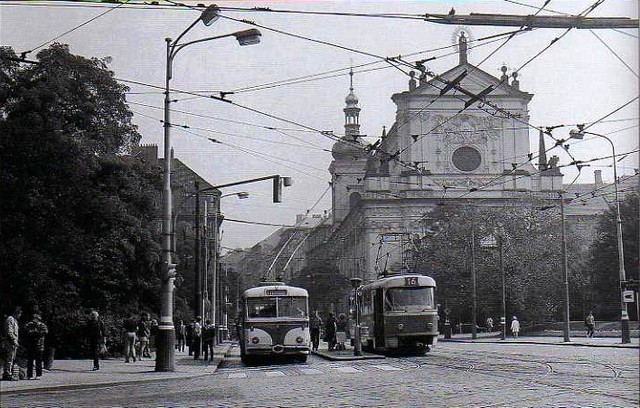
Trolleybus traffic has been reviving since May 30, 2018, when, after several months of testing, the operation of trolleybus line number 58 from Palmov to Letňany was started. It is operated by only one Škoda 24Tr vehicle, which, in addition, conquers part of the route with battery drive and when connected to trolleys, it basically only recharges dynamically.
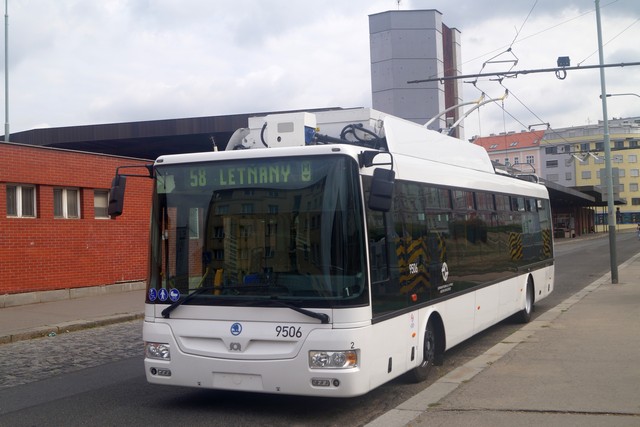
Metro
The first section of the Prague Metro was opened on May 9, 1974, between the Sokolovská (now Florenc) and Kačerov stations. On August 12, 1978, traffic began on the first section of the second line, between Leninová (now Dejvická) and Peace Square.
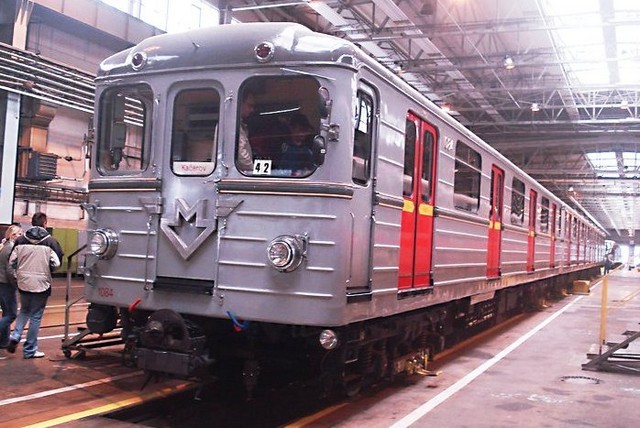
At the end of 1980, both routes were extended and from 2 November 1985 a third line started operating, from Smíchov Railway Station to Sokolov region. In the 1980s there was also an extension of the third line from Smíchov to Dukelská (now Nové Butovice), from Sokolovský to Zápotocký (now Czech-Moravian) and the first line from Sokolovský to Holešovice.
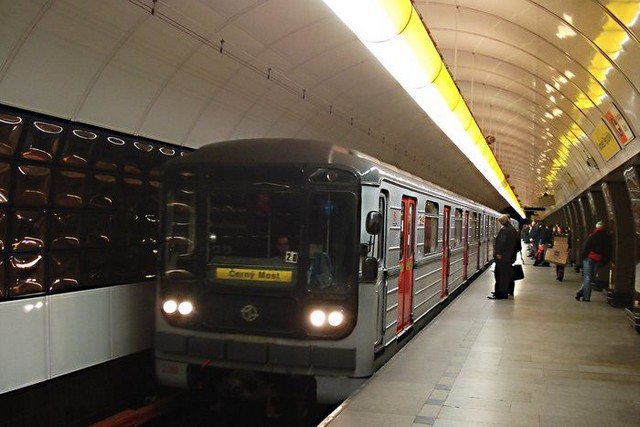
Prague Metro now carries approximately 1.5 million passengers every day. It is the only underground railway network and the only special railway line in the Czech Republic. The operator of the railway and rail transport on it is the Transport Company of the Capital City of Prague. Three lines meet each other in the centre and with a single transfer it is possible to make any journey.
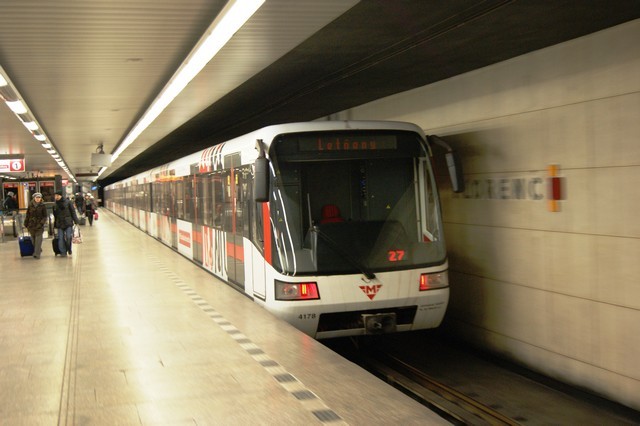
Cable cars
Several cableways were also replaced in Prague traffic. The first one started its operation on May 31, 1891 between the Chain Bridge (now the exit of the Letenský Tunnel) to the Airman’s Manchug. Its operation was cancelled in 1916 and since 1922 it has been gradually dismantled. Between 1926 and 1935 it was replaced in the same places by a moving staircase, but it met the same fate.
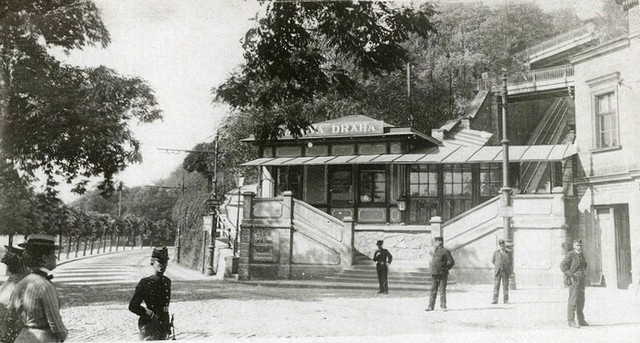
The longest history is the cable way to Petrin. Its operation started in the same year as the first named cable car and with several interruptions it persists to this day. It connects the tram junction Újezd with a lookout station on prague hill Petřín with an intermediate station near the restaurant Nebozízek. Since March 2, 1931, its operator is Electric Enterprises, until then its owner was the Cooperative Lookout In Petřína.
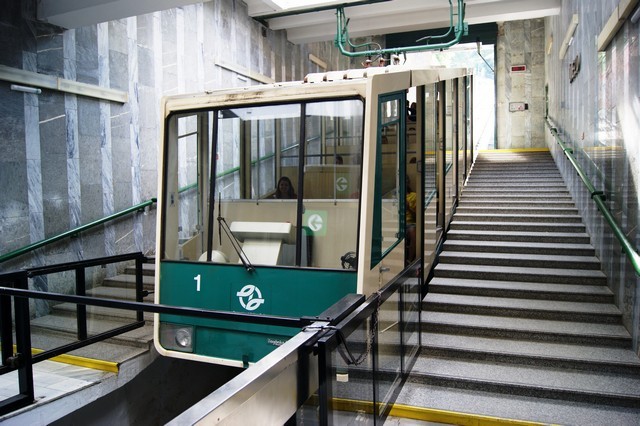
Another is a funicular in the area of the Trojan Zoo. It is the shortest cableway in the Czech Republic and also the only chairlift in Prague. It was launched in August 1977, but was discontinued in 1978 due to technical problems. An extensive reconstruction took place and since 1981 the Transport Company of the Capital City of Prague has become the operator.
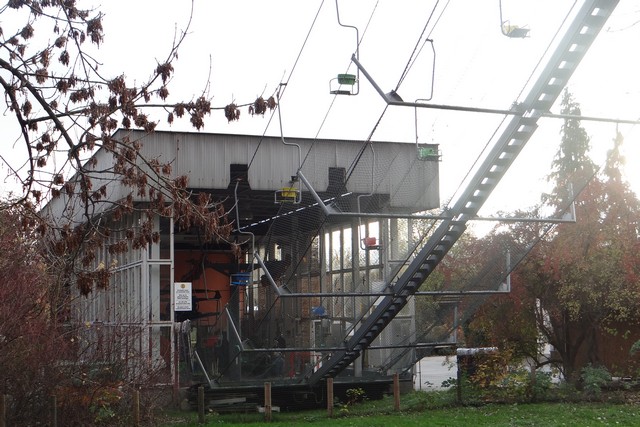
Probably the least known was the cable way connecting the buildings of the NH Praha Hotel (formerly Mövenpick) in Prague’s Smíchov. It was in operation from March 1996 to December 2017.It was technically something between a saddle and a land ropeway. It is currently being replaced by a more modern sloping lift.
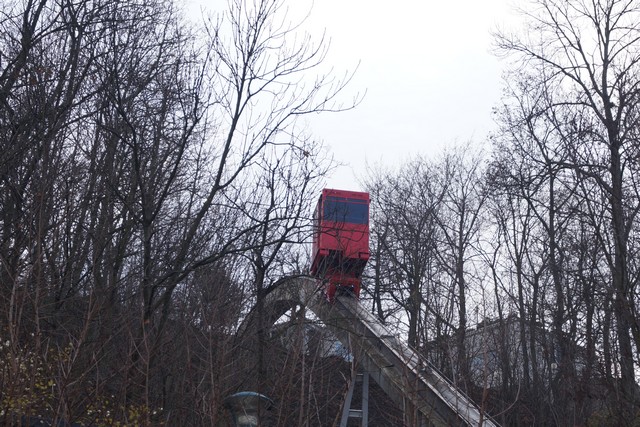
Ferries
Ferries can be considered the oldest public transport vehicle in the capital. The ones we know from today started all operations after 2000, but the first transport of this type is mentioned already in 1222, when the Vyšehrad chapter owned the rights to operate the ferry from today’s Podolí to Smíchov.
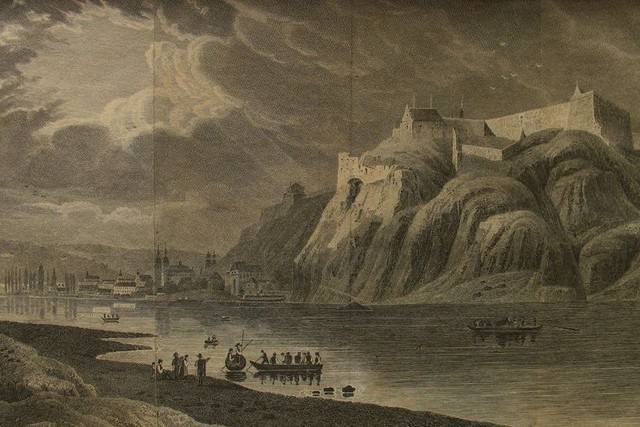
The first ferries became part of prague integrated transport from 1 July 2005. The first connects Sedlec and Zámky, the second since June 2006 Podhoří with the area in Podbaba (which is still clearly the busiest). They are managed by Prague Venice (formerly the First General Boating Company), to which the Vittus Group joined in July 2007 with a third ferry connecting the Distillery and Rowing Island (for a short time also the Yellow Spa area).
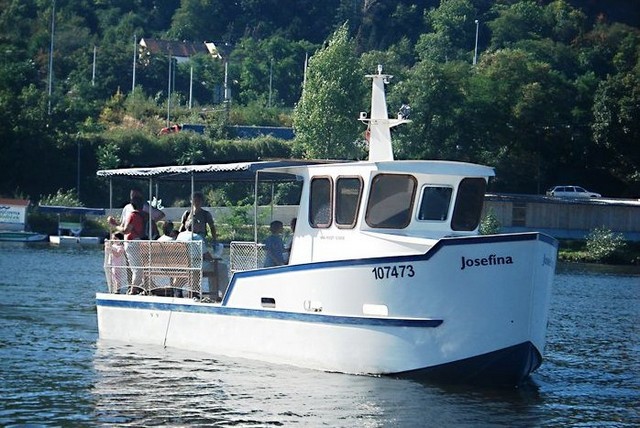
Gradually, P4 ferries were introduced (National Theatre – Children’s Island, it was in operation only in the 2011 season), P5 (formerly Imperial Meadow – Jiráskovo Náměstí, later Anchorage – Imperial Meadow – Pothole, today The Imperial Meadow – Pothole), P6 (Braník Railway Station – Lahovičky) and P7 (Prague Market – Rohan Island).
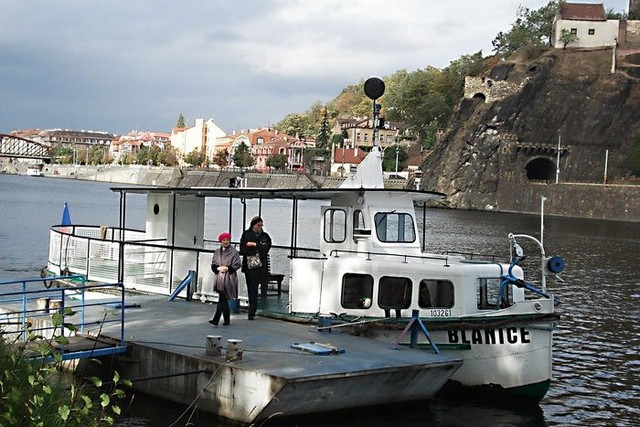
The unoccupied P4 number was occupied by suburban ferry to Černošice in the summer of 2017, since summer 2020 the original branch of the ferry P5 between The Imperial Meadow and Anchorage has been under this designation. From December 2017 to October 2020, the replacement boat line P8 was still in operation behind the collapsed Troja Bridge.
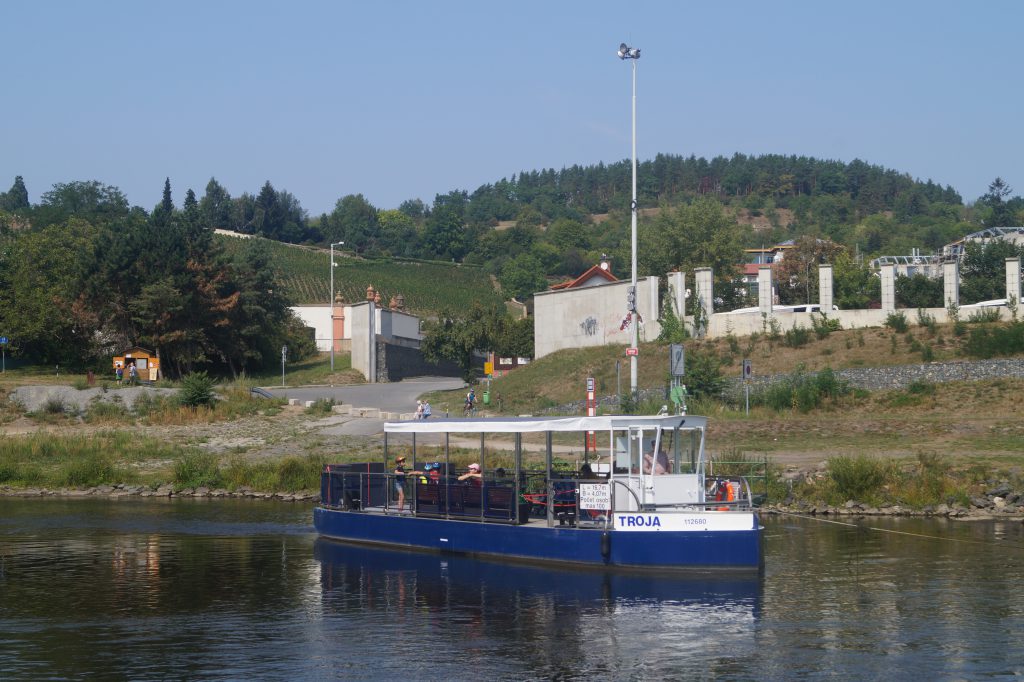
Air transport
Immediately after the end of the First World War, the first civilian airport in Prague – Kbely was built. As it gradually did not cope with increasing demand, plans for the construction of prague-ruzyně airport were started in 1933. The opening ceremony occurred on April 5, 1937, when the Piestany – Zlín – Brno – Prague air link landed here. On the same day, Air France also introduced the Vienna-Prague-Dresden route.
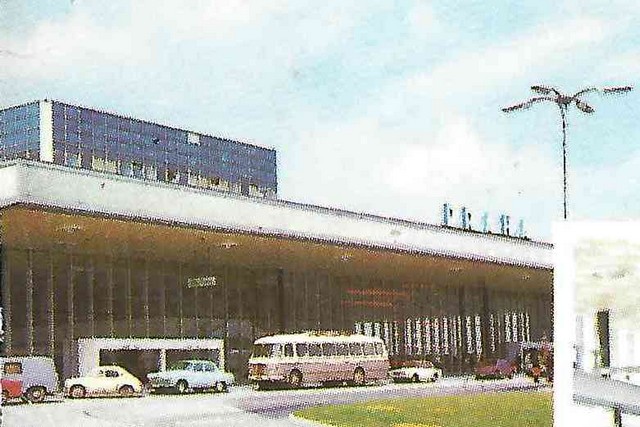
Between 1960 and 1968, another check-in hall, called the North, was built. On 17 January 2006, the northern space was extended to a second terminal and the original airport now serves only private services. The public area is divided into Terminal 1 (departures to countries outside the Schengen area) and Terminal 2 (departure to Schengen countries).
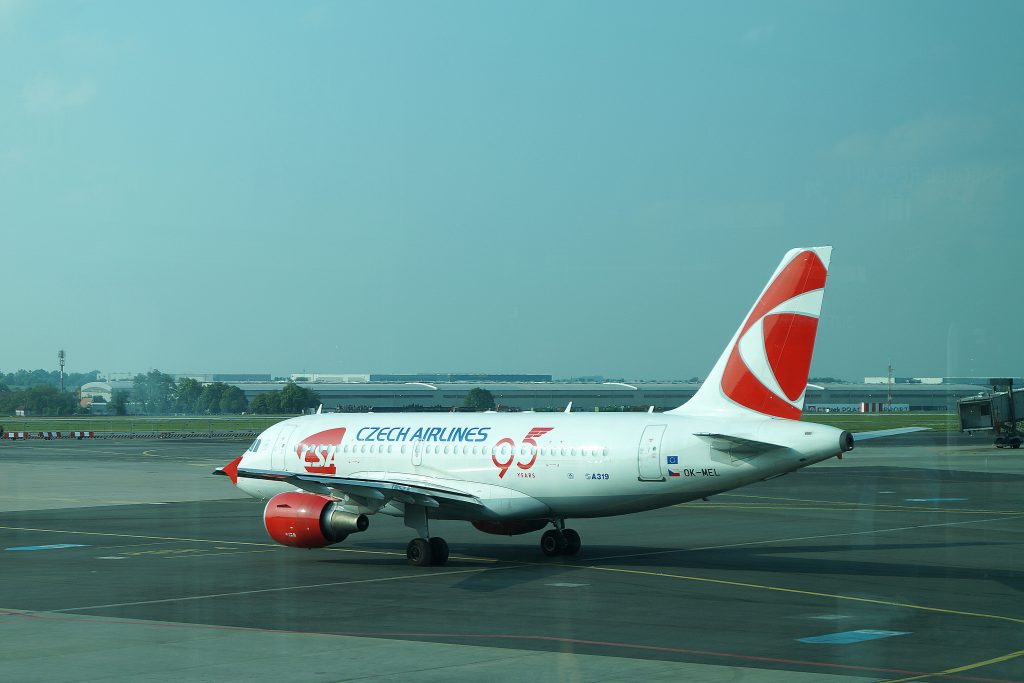
Gallery
In this article, I tried only to summarise in a brief way all the components of Prague’s urban transport and prague integrated transport. The detailed history of individual lines is represented by the Transport Website mainly in the Section Lines PID.
Sources: archive of the vetinari.wz.cz, publication History of Public Transport in Prague (Pavel Fojtík, Stanislav Linert, František Prošek), website prazsketramvaje.cz (From archive), pid.cz website (timetables), cs.wikipedia.org website (Transport in Prague, Drožka, Cable car of hotel NH Praha, Cable car to Letna, Cable car to Petřín, Cable car in Zoo, Lánská koněsžka, Metro in Prague, Omnibus, Omnibus transport in Prague agglomeration, Prague, Municipal bus transport in Prague , Suburban bus lines PID, Ferry PID, Tram transport in Prague, Trolleybuses in Prague, Railway hub Prague), website prazskebenatky.cz (History of Prague ferries)

